Glutinous rice balls, dehydrated fish, good-luck greens, KFC and more!
This time of the year, much of the world is finding something worth celebrating — and when people celebrate, they tend to do it with food. Here is a collection of some unique and treasured food traditions from a handful of places across the globe to whet your appetite for the holiday season.

In 1974, American fast food chain Kentucky Fried Chicken unveiled their “Kentucky for Christmas!” marketing campaign in Japan. The story goes that KFC spread the idea that it’s a time-honored Western tradition to celebrate Christmas with fried chicken. Although only about 1 percent of people in Japan identify as Christian, there was an exotic appeal to the campaign, and it took off. Today, the tradition is so popular, it’s highly recommended to place Christmas Day orders well ahead of time.

Dating back to Viking Scandinavia, lutefisk is now probably more popular among Scandinavian-Americans in the Midwest than its birthplace. Lutefisk is dried whitefish, usually cod, that has been rehydrated by soaking in lye for days. The gelatinous fish dish takes center stage for some families at Thanksgiving and Christmas.
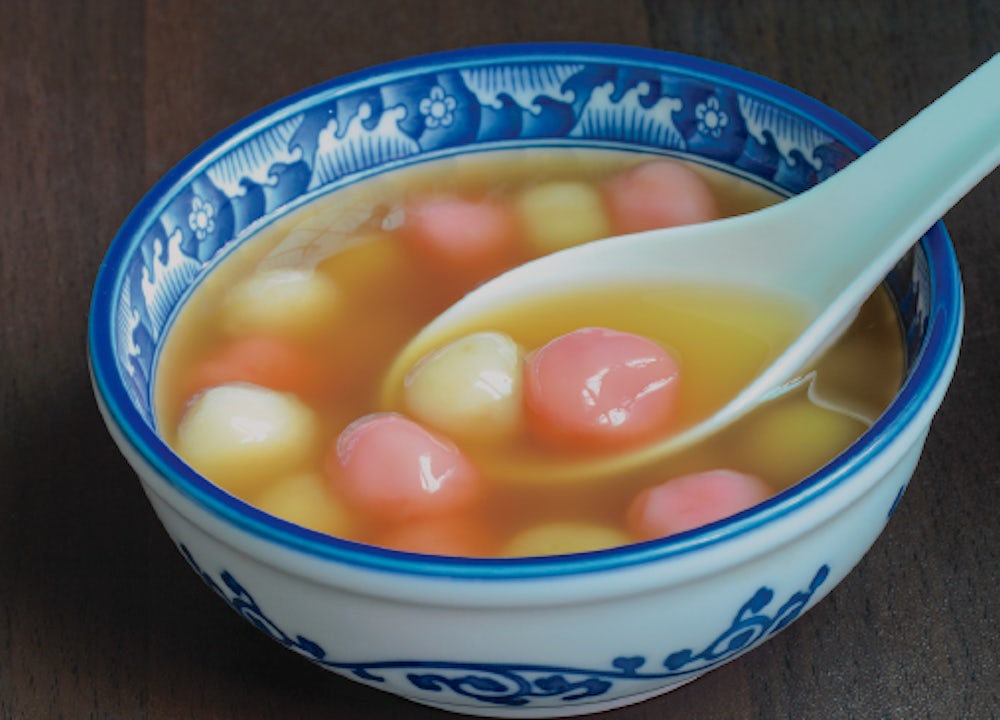
In China, during the Lantern Festival, Winter Solstice Festival, weddings or family reunions, you’re likely to find tangyuan. The glutinous rice balls can be sweet or savory and are usually filled with red bean paste, ground sesame or crushed peanuts. Tangyuan are traditionally white, to mirror the moon, but are now often made in a variety of colors.
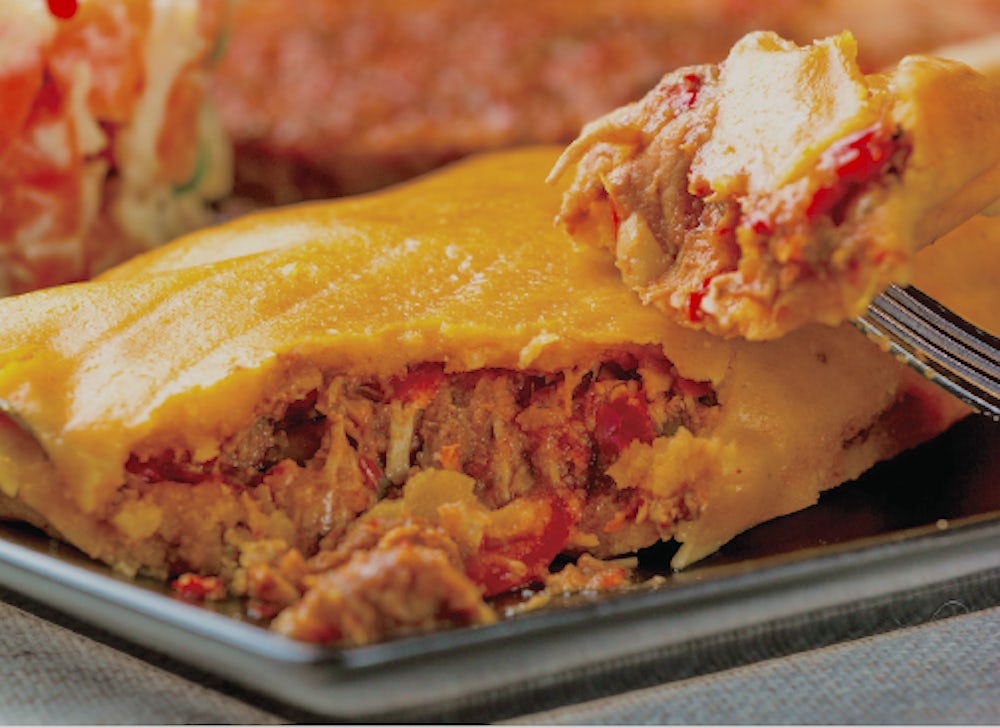
In Venezuela, hallacas are only made during the holidays, and making them is an all-day affair. Similar to tamales, hallacas are made from corn meal, filled with a variety of ingredients that change from region to region and family to family, and wrapped in banana leaves. Many Venezuelans attribute the origins of hallacas to colonial times, when slaves and servants filled their cornmeal cakes with the leftovers the colonists didn’t eat.

No one is entirely sure how this Swedish Christmas casserole earned its name, but one account claims the reason is pious priest Erik Jansson succumbed to the sin of gluttony because of it. The side dish is concocted from potatoes, onions, cream and anchovies.
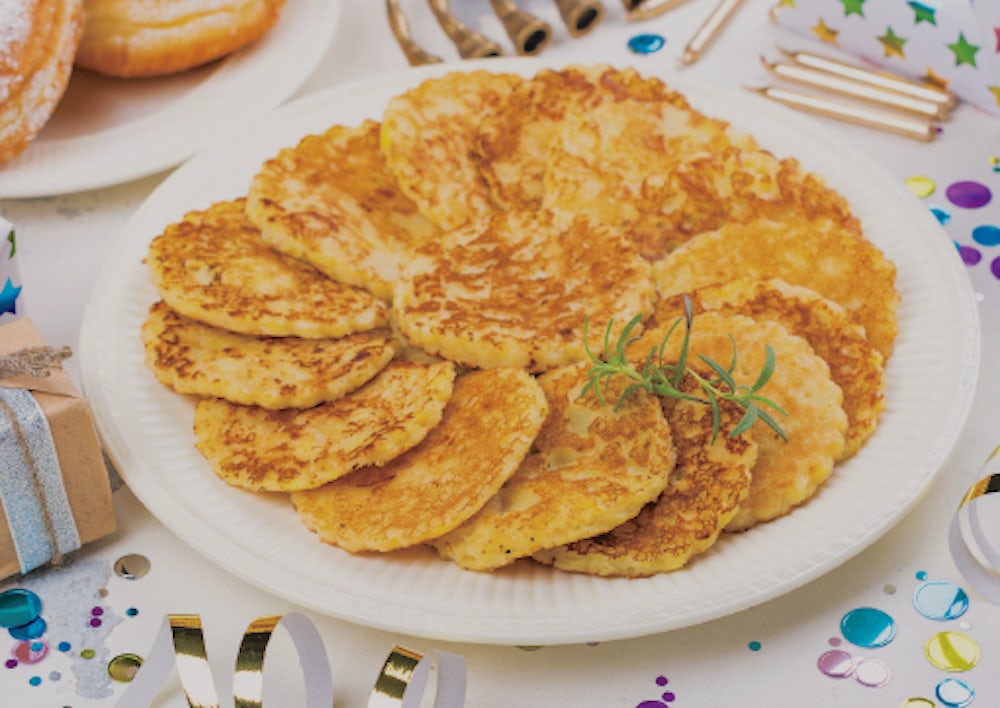
Today, grated potatoes fried in olive oil are synonymous with Hanukkah. Latkes have their roots in an Italian Jewish tradition of frying cheese pancakes that dates back to the 14th century. After a series of crop failures in the mid-19th century, European Jews began relying on potatoes, which were easier and cheaper to grow. They began making Hanukkah pancakes with potatoes, and the tradition caught on.
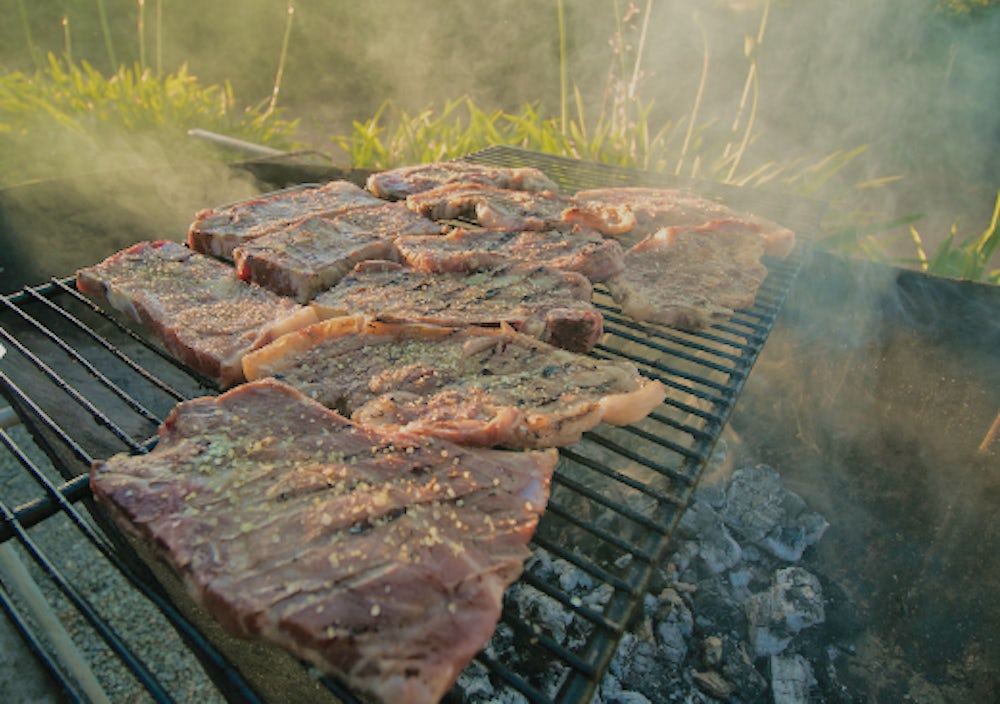
Braai is a particular way of grilling meat that is popular among all socioeconomic and cultural groups in South Africa. The proper way to braai is with a wooden fire while surrounded by friends and family. Although you can braai to celebrate a number of occasions, it’s almost mandatory during the country’s Heritage Day in September.
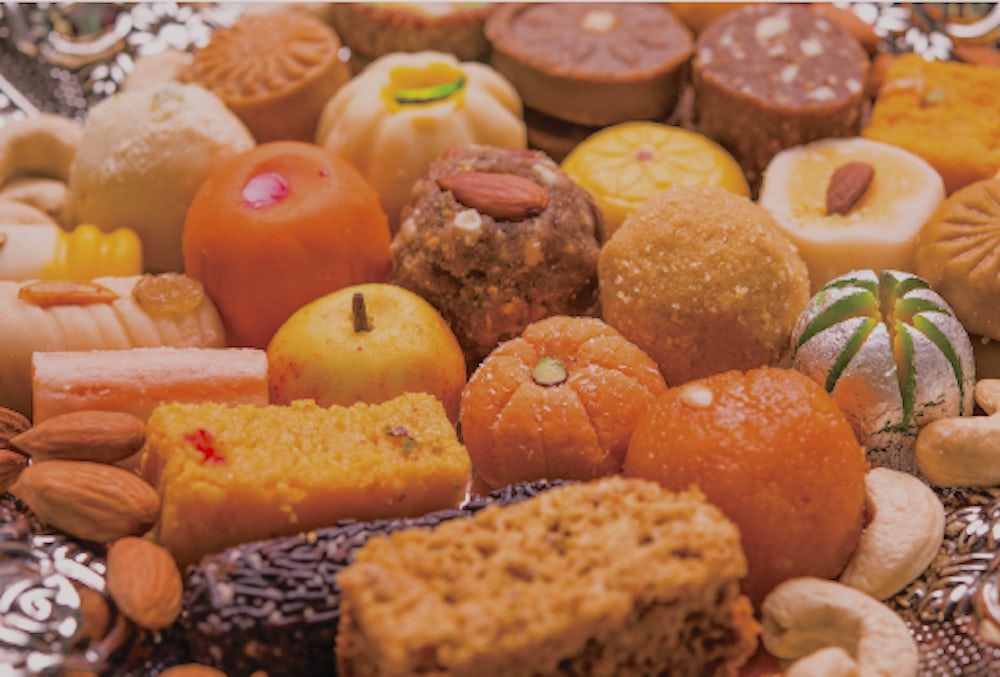
During celebrations like Diwali, the festival of lights, Hindus in India make mithai, a term that covers a range of sweet treats. Mithai are usually made with sugar, flour and dairy with cardamom, rose water, fruits and nuts, or saffron for flavor. The sweets have been a staple in the Indian subcontinent for a long time — mentions of mithai can be found in ancient Sanskrit texts.

Christmas Eve dinner in Eastern European countries is a 12-course affair. The meal consists mostly of fish, mushrooms and cereals, since Orthodox churchgoers abstain from meat, eggs and dairy leading up to Christmas Day. In Ukraine, kutia is the first and most essential dish. A type porridge, kutia helps feasters remember the dead.
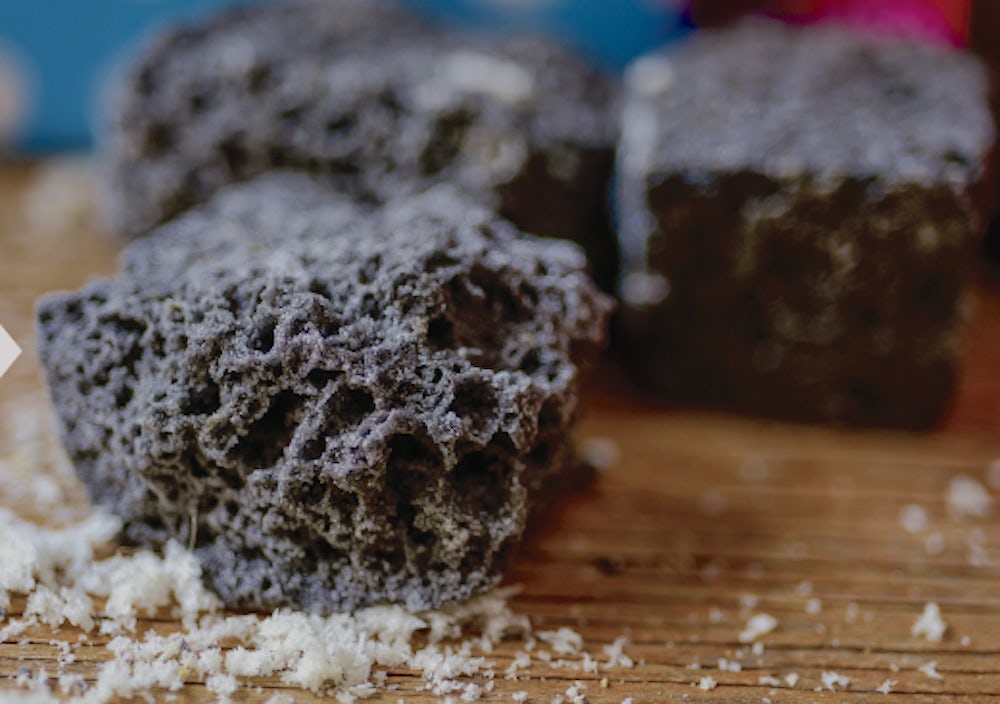
In early January, Italians celebrate the Feast of the Epiphany to end the Christmas season. The festival commemorates the arrival of the Magi to Bethlehem. On the eve of Epiphany, La Befana, a broom-riding old woman in a black shawl delivers gifts to the good children and lumps of coal to the bad. Luckily for Italian little ones, the coal usually turns out to be candy made with sugar, eggs and food coloring.
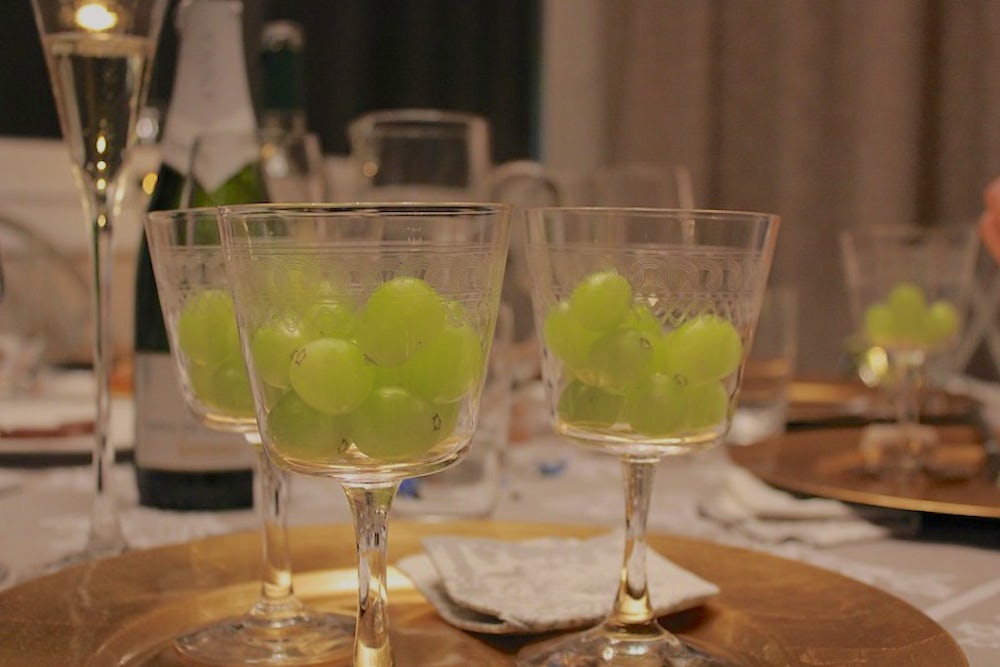
New Year’s Eve revelers in Spain eat 12 green grapes once midnight arrives, signaling the beginning of a new year. At that moment, clocks chime 12 times, one for each month. Revelers have until the last chime to eat all 12 grapes to assure good luck for the year.
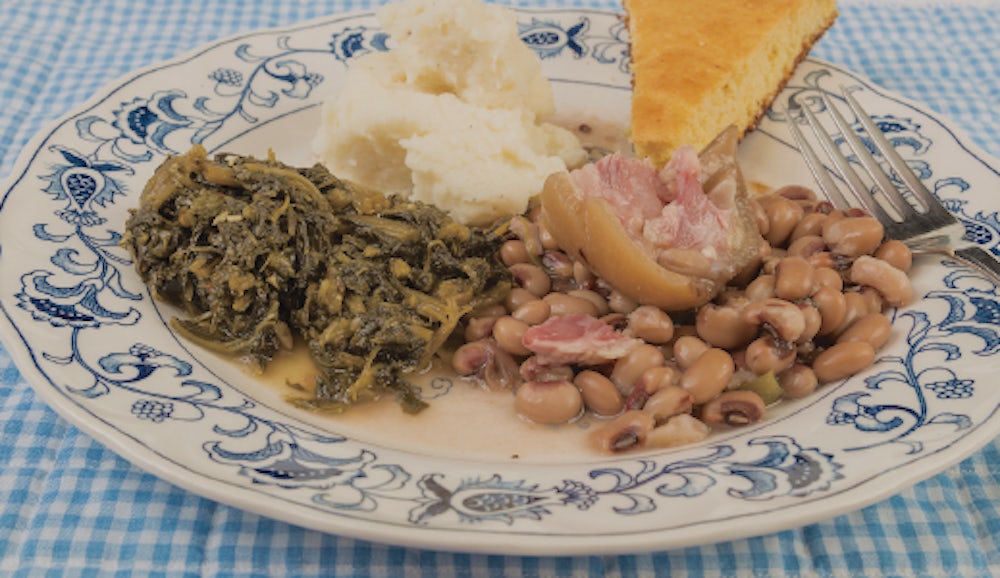
In the U.S. South, the menu on New Year’s Day is set. Eat the black-eyed peas for a year’s worth of luck and the money-colored collard greens for financial prosperity. The meal is traditionally completed with cornbread and hog jowl (the cheek of the pig) or another pork product.
